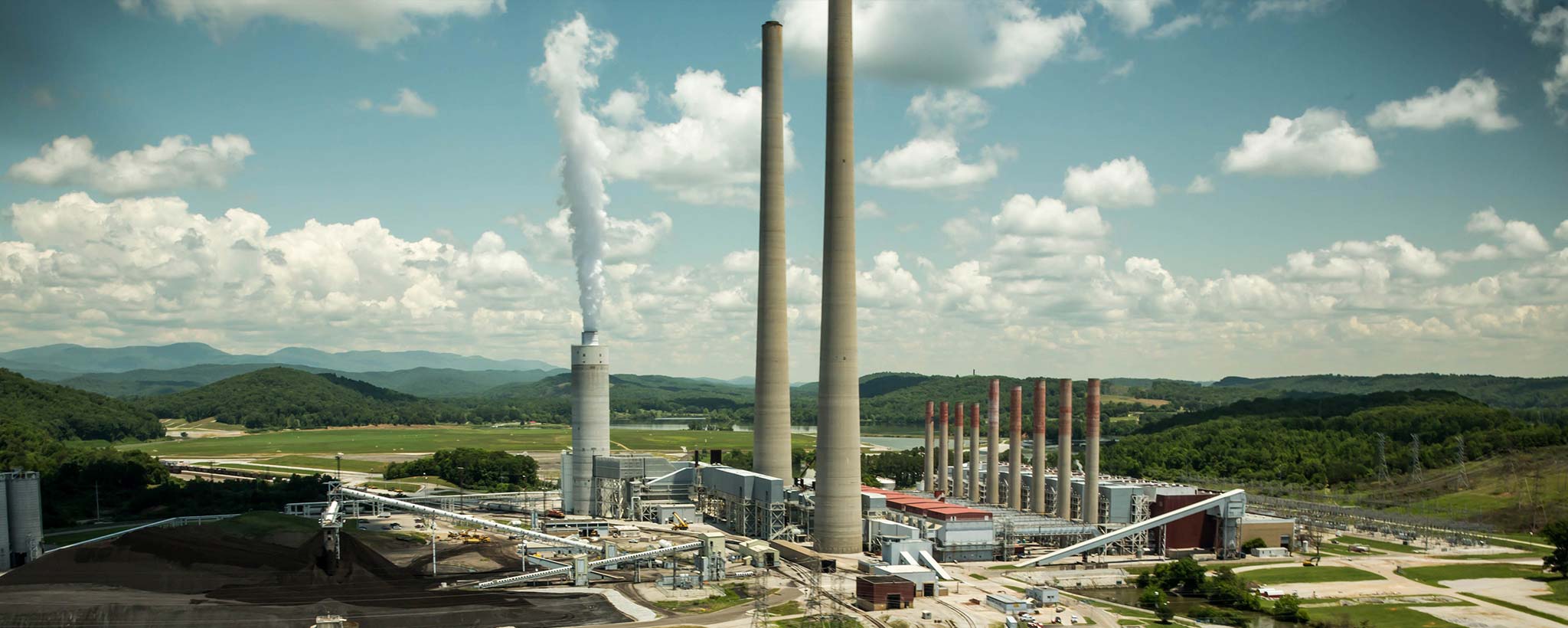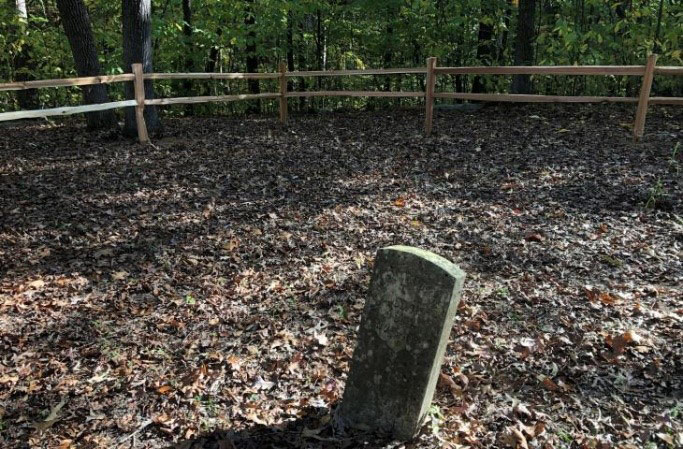
Kingston Fossil Plant
TVA’s Kingston Fossil Plant is located on the Clinch River arm of Watts Bar Reservoir near Kingston, Tennessee, on approximately 800 acres. When it was finished in 1955, Kingston stood as the largest coal-burning power plant in the world — a distinction it held for more than a decade.
Kingston’s nine units boast a summer net capability of 1,398 megawatts. It can generate approximately 10 billion kilowatt-hours a year — enough electricity to power approximately 817,830 homes. To meet the demand, Kingston burns about 14,000 tons of coal a day, an amount that would fill 140 railroad cars.
Kingston employs approximately 200 area residents to safely provide affordable, reliable electricity and make life better for the people of the region.
Fishing and other water sports are available on nearby Watts Bar Lake. A large parking area and a boat ramp adjacent to the plant provide easy access to the water. The plant is also a popular site for birdwatchers, as many waterfowl come to the settling and treatment ponds nearby.
TVA is moving toward a cleaner energy future. Currently, Kingston Fossil Plant is undergoing an environmental review to determine the future of the plant. For more information, go to tva.com/nepa.
History
In 1950, TVA needed a solution to the growing demand for energy from the nearby Oak Ridge National Laboratory, which was ramping up production of atomic defense material due to the Korean conflict. Construction of the Kingston Fossil Plant began on April 30, 1951. The first of its nine generating units began producing electricity commercially on Feb. 8, 1954.
The last unit began operating on Dec. 2, 1955. A dedication ceremony for the plant took place Nov. 17, 1955.
The facility also has an on-site cemetery that is the final resting place of a Civil War veteran: Pvt. John Sutherd, Company H, in the 1st Regiment, U.S. Colored Heavy Artillery organized in Knoxville, Tennessee, from February to November in 1864.
In 2008, TVA worked diligently to clean up a coal ash spill, regain the trust of the public and leave the area better off than it had been before. Those efforts were completed in 2015. Read more about them—and see the salient legal documentation—on our Kingston documents page.
In 2014, the Kingston Unit 1 generator failed and a plan emerged to swap the generator from Shawnee Fossil Plant’s retired Unit 10. The 200-ton generator stator traveled by barge from the Paducah plant, first on the Ohio River and then linking to the Tennessee River to travel around the river to Kingston. Workers installed the generator in Unit 1 and it began producing 145 megawatts of power by early December 2014.

The grave of Civil War veteran John Sutherd.
Community Involvement
The team at Kingston Fossil Plant takes serving the Valley region seriously, which is why they also serve outside the plant boundary. Every year, Kingston partners with their two Partners in Education schools, Midway Elementary and Dyllis Springs Elementary, to participate in their Christmas Star Tree program to purchase gifts for more than 50 students each year as well as more than 40 local nursing home residents.
The team gives back with yearly school supply drives and food drives for the local Roane County Food Bank. Partnering with local High School vocational classes and Technology programs, the site offers tours to foster STEM in students. In addition, TVA offers STEM grants that have benefited local Roane County schools.
Facts & Figures
- Groundbreaking for the plant occurred April 30, 1951
- When it opened in 1955, Kingston was the largest coal-burning power plant in the world
- Kingston has longest-serving active employee in TVA – this 56-year employee started on May 18, 1967
- The facility has an on-site cemetery that is the final resting place of a Civil War veteran
- The Kingston reservation features a portion of an I-beam salvaged from the Twin Towers, in remembrance of 9/11
- The plant sits on approximately 800 acres
- Kingston’s nine units boast a summer net capability of 1,398 megawatts
- Kingston generates approximately 10 billion kilowatt-hours a year – enough electricity to power approximately 817,830 homes
- Kingston burns about 14,000 tons of coal a day, an amount that would fill 140 railroad cars.
Protecting the Environment
Kingston Fossil Plant burns approximately 14,000 tons of coal each day to provide the electricity this region needs. Once used, the coal is safely removed and stored in TVA’s state-of-the-art facilities.
TVA specialists continuously monitor air and water quality to ensure the health and safety of the public.
The plant burns a low-sulfur blend of coal to limit emissions of sulfur dioxide. Previously, flue gas from burning coal left the plant through two 1,000-foot stacks. Today, it leaves via two 387-foot stacks from the two scrubbers (an informal name for a flue gas desulfurization system). This reduces sulfur dioxide emissions by 95%. Other emissions-reducing features include the installation of selective catalytic reduction systems, which reduce nitrogen oxide emissions by 90%.
To learn more about how TVA handles coal ash, click here.